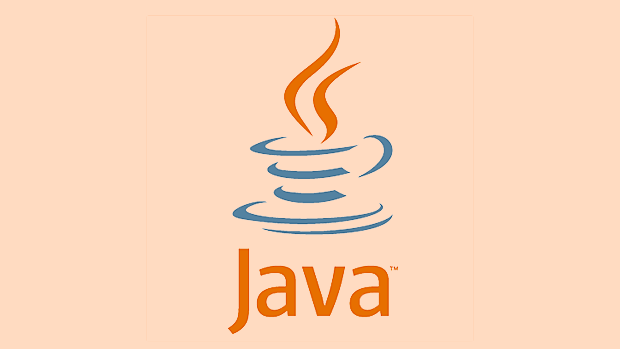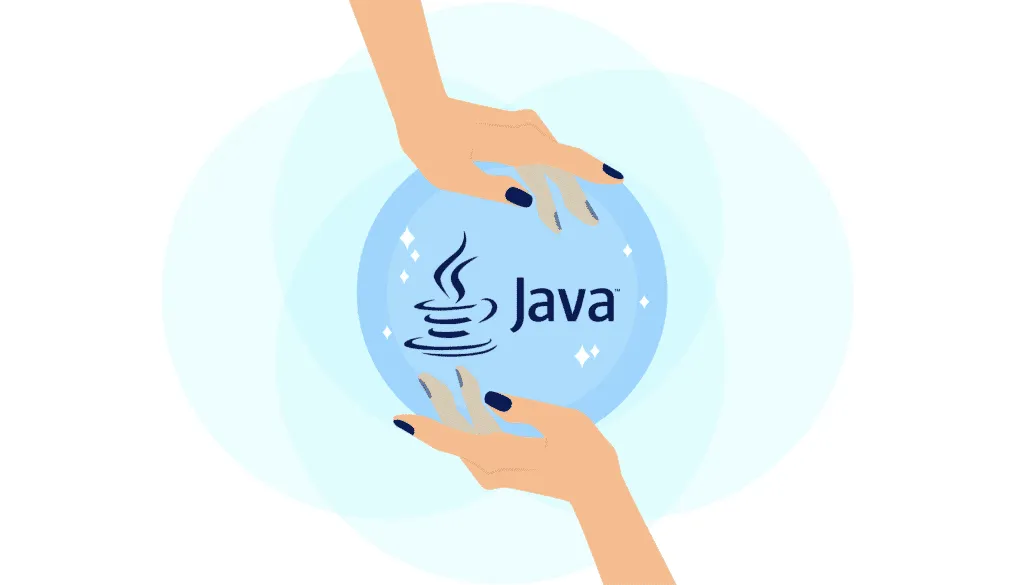The key to Java exception handling is to distinguish between checked and unchecked exceptions and use try-catch, finally and logging reasonably. 1. Checked exceptions such as IOException need to be forced to handle, which is suitable for expected external problems; 2. Unchecked exceptions such as NullPointerException are usually caused by program logic errors and are runtime errors; 3. When catching exceptions, they should be specific and clear to avoid general capture of Exceptions; 4. It is recommended to use try-with-resources to automatically close resources and reduce manual cleaning of code; 5. In exception handling, detailed information should be recorded in combination with the log framework to facilitate subsequent debugging and maintenance.

Java exception handling is an inevitable part of development, especially when you face common exceptions such as NullPointerException, ArrayIndexOutOfBoundsException, or IOException. The key is not to avoid them altogether, but to learn how to effectively catch and handle these exceptions in the code, making the program more robust and easier to maintain.

Understand and distinguish between Checked and Unchecked exceptions
Exceptions in Java are divided into two categories: checked (checked) and unchecked (not tested). IOException is a typical checked exception, and the compiler will force you to handle it; while NullPointerException and ArrayIndexOutOfBoundsException belong to unchecked and are usually caused by program logic errors.

- Checked exception : suitable for situations where it is expected but uncontrollable, such as file not existing, network connection failure, etc.
- Unchecked exception : usually a program bug, such as accessing empty objects, arrays that go beyond bounds, etc.
It is recommended to use these two types reasonably when designing APIs, and do not abuse throws Exception. You should clearly throw specific exception types so that the caller can better understand and handle them.
When catching exceptions using try-catch block, you should be specific
Many people are used to writing catch (Exception e) directly when writing catch. Although doing so is easy, it may cover up the real problem. For example:

try {
// some code
} catch (Exception e) {
e.printStackTrace();
}Although this code can prevent the program from crashing, you have no idea what is wrong. A better approach is to catch specific exceptions on demand:
try {
BufferedReader reader = new BufferedReader(new FileReader("data.txt"));
String line = reader.readLine();
} catch (FileNotFoundException e) {
System.out.println("Specified file not found");
} catch (IOException e) {
System.out.println("Error occurred while reading the file");
}This not only improves the readability of the code, but also facilitates subsequent debugging and logging.
Use finally and try-with-resources
Finally blocks are used to perform cleanup operations, such as closing streams or database connections. But if you are using Java 7 and above, it is recommended to use try-with-resources to simplify resource management:
try (BufferedReader reader = new BufferedReader(new FileReader("data.txt"))) {
String line = reader.readLine();
} catch (IOException e) {
e.printStackTrace();
}This method automatically closes the resource without manually writing finally blocks to reduce the probability of errors.
However, it is important to note:
- The resource must implement the AutoCloseable interface
- If both try and finally throw exceptions, the exception in finally will overwrite the exception in try, resulting in information loss
Don't ignore exception information, logging is crucial
Many developers just print stack trace when encountering exceptions, or simply do nothing. This practice will make the problem difficult to track. The correct way is to combine logging frameworks (such as Log4j, SLF4J) to record exception information:
catch (IOException e) {
logger.error("File reading failed", e);
}This not only allows you to see the exception type in the log, but also see the complete stack information, which is very helpful for troubleshooting problems.
In addition, try to add context instructions for exception information, such as "Failed to read the configuration file config.properties", rather than simply saying "IO exception".
Basically that's it. Exception handling is not to cover up errors, but to allow the program to respond gracefully when problems arise. If you spend more time on details, it will be much easier to maintain later.
The above is the detailed content of Handling Common Java Exceptions Effectively. For more information, please follow other related articles on the PHP Chinese website!

Hot AI Tools

Undress AI Tool
Undress images for free

Undresser.AI Undress
AI-powered app for creating realistic nude photos

AI Clothes Remover
Online AI tool for removing clothes from photos.

Clothoff.io
AI clothes remover

Video Face Swap
Swap faces in any video effortlessly with our completely free AI face swap tool!

Hot Article

Hot Tools

Notepad++7.3.1
Easy-to-use and free code editor

SublimeText3 Chinese version
Chinese version, very easy to use

Zend Studio 13.0.1
Powerful PHP integrated development environment

Dreamweaver CS6
Visual web development tools

SublimeText3 Mac version
God-level code editing software (SublimeText3)

Hot Topics
 css dark mode toggle example
Jul 30, 2025 am 05:28 AM
css dark mode toggle example
Jul 30, 2025 am 05:28 AM
First, use JavaScript to obtain the user system preferences and locally stored theme settings, and initialize the page theme; 1. The HTML structure contains a button to trigger topic switching; 2. CSS uses: root to define bright theme variables, .dark-mode class defines dark theme variables, and applies these variables through var(); 3. JavaScript detects prefers-color-scheme and reads localStorage to determine the initial theme; 4. Switch the dark-mode class on the html element when clicking the button, and saves the current state to localStorage; 5. All color changes are accompanied by 0.3 seconds transition animation to enhance the user
 css dropdown menu example
Jul 30, 2025 am 05:36 AM
css dropdown menu example
Jul 30, 2025 am 05:36 AM
Yes, a common CSS drop-down menu can be implemented through pure HTML and CSS without JavaScript. 1. Use nested ul and li to build a menu structure; 2. Use the:hover pseudo-class to control the display and hiding of pull-down content; 3. Set position:relative for parent li, and the submenu is positioned using position:absolute; 4. The submenu defaults to display:none, which becomes display:block when hovered; 5. Multi-level pull-down can be achieved through nesting, combined with transition, and add fade-in animations, and adapted to mobile terminals with media queries. The entire solution is simple and does not require JavaScript support, which is suitable for large
 VSCode settings.json location
Aug 01, 2025 am 06:12 AM
VSCode settings.json location
Aug 01, 2025 am 06:12 AM
The settings.json file is located in the user-level or workspace-level path and is used to customize VSCode settings. 1. User-level path: Windows is C:\Users\\AppData\Roaming\Code\User\settings.json, macOS is /Users//Library/ApplicationSupport/Code/User/settings.json, Linux is /home//.config/Code/User/settings.json; 2. Workspace-level path: .vscode/settings in the project root directory
 css full page layout example
Jul 30, 2025 am 05:39 AM
css full page layout example
Jul 30, 2025 am 05:39 AM
Full screen layout can be achieved using Flexbox or Grid. The core is to make the minimum height of the page the viewport height (min-height:100vh); 2. Use flex:1 or grid-template-rows:auto1frauto to make the content area occupy the remaining space; 3. Set box-sizing:border-box to ensure that the margin does not exceed the container; 4. Optimize the mobile experience with responsive media query; this solution is compatible with good structure and is suitable for login pages, dashboards and other scenarios, and finally realizes a full screen page layout with vertical centering and full viewport.
 Full-Stack Web Development with Java, Spring Boot, and React
Jul 31, 2025 am 03:33 AM
Full-Stack Web Development with Java, Spring Boot, and React
Jul 31, 2025 am 03:33 AM
Selecting the Java SpringBoot React technology stack can build stable and efficient full-stack web applications, suitable for small and medium-sized to large enterprise-level systems. 2. The backend uses SpringBoot to quickly build RESTfulAPI. The core components include SpringWeb, SpringDataJPA, SpringSecurity, Lombok and Swagger. The front-end separation is achieved through @RestController returning JSON data. 3. The front-end uses React (in conjunction with Vite or CreateReactApp) to develop a responsive interface, uses Axios to call the back-end API, and ReactRouter
 How to handle transactions in Java with JDBC?
Aug 02, 2025 pm 12:29 PM
How to handle transactions in Java with JDBC?
Aug 02, 2025 pm 12:29 PM
To correctly handle JDBC transactions, you must first turn off the automatic commit mode, then perform multiple operations, and finally commit or rollback according to the results; 1. Call conn.setAutoCommit(false) to start the transaction; 2. Execute multiple SQL operations, such as INSERT and UPDATE; 3. Call conn.commit() if all operations are successful, and call conn.rollback() if an exception occurs to ensure data consistency; at the same time, try-with-resources should be used to manage resources, properly handle exceptions and close connections to avoid connection leakage; in addition, it is recommended to use connection pools and set save points to achieve partial rollback, and keep transactions as short as possible to improve performance.
 Java Performance Optimization and Profiling Techniques
Jul 31, 2025 am 03:58 AM
Java Performance Optimization and Profiling Techniques
Jul 31, 2025 am 03:58 AM
Use performance analysis tools to locate bottlenecks, use VisualVM or JProfiler in the development and testing stage, and give priority to Async-Profiler in the production environment; 2. Reduce object creation, reuse objects, use StringBuilder to replace string splicing, and select appropriate GC strategies; 3. Optimize collection usage, select and preset initial capacity according to the scene; 4. Optimize concurrency, use concurrent collections, reduce lock granularity, and set thread pool reasonably; 5. Tune JVM parameters, set reasonable heap size and low-latency garbage collector and enable GC logs; 6. Avoid reflection at the code level, replace wrapper classes with basic types, delay initialization, and use final and static; 7. Continuous performance testing and monitoring, combined with JMH
 A Guide to Java Flight Recorder (JFR) and Mission Control
Jul 31, 2025 am 04:42 AM
A Guide to Java Flight Recorder (JFR) and Mission Control
Jul 31, 2025 am 04:42 AM
JavaFlightRecorder(JFR)andJavaMissionControl(JMC)providedeep,low-overheadinsightsintoJavaapplicationperformance.1.JFRcollectsruntimedatalikeGCbehavior,threadactivity,CPUusage,andcustomeventswithlessthan2%overhead,writingittoa.jfrfile.2.EnableJFRatsta






